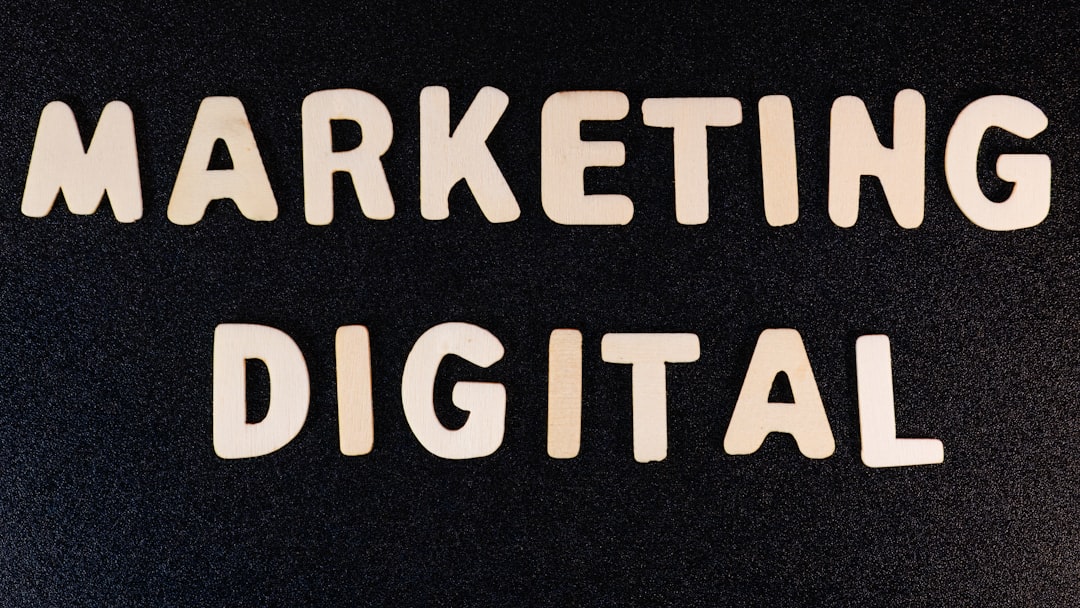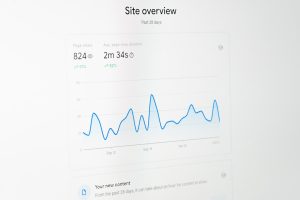
Writing compelling, clear, and effective product descriptions is a crucial part of any successful e-commerce strategy. They help inform customers, improve SEO rankings, and ultimately increase conversions. With the rise of AI tools like ChatGPT, businesses and marketers now have a reliable assistant that can create high-quality product descriptions quickly and consistently. In this article, we’ll explore how to use ChatGPT effectively for crafting outstanding product descriptions that resonate with your target audience and drive sales.
Why Use ChatGPT for Product Descriptions?
ChatGPT, powered by OpenAI, is a language model that understands context, generates human-like content, and can adapt to a variety of writing styles. Leveraging this AI-driven tool for product descriptions offers several benefits:
- Speed and Efficiency: ChatGPT can generate dozens of product descriptions in minutes, saving countless hours of manual writing.
- Consistency: Maintain a uniform tone and style across all product listings.
- SEO Optimization: By prompting ChatGPT appropriately, descriptions can include relevant keywords to enhance your search engine visibility.
- Creative Variation: It can generate multiple variations of the same description to support A/B testing or avoid duplicate content issues.
Getting Started: Preparing Inputs for ChatGPT
Before generating descriptions, you should gather key information about the products. The better the input, the better the output. At a minimum, provide ChatGPT with the following:
- Product name and type
- Key features and specifications
- Target audience and use case
- Tone or writing style (e.g., professional, playful, sophisticated)
- Any unique selling propositions (USPs)
Inputting this data clearly allows ChatGPT to craft descriptions that are accurate, appealing, and tailored to your brand.
Structuring the Prompt for Maximum Effectiveness
One of the most important steps in using ChatGPT effectively is crafting a detailed and precise prompt. A good prompt might look like this:
"Write a 100-word product description for a Bluetooth wireless speaker. Highlight its waterproof design, long battery life (up to 24 hours), and compatibility with Android and iOS. Use a casual, energetic tone targeting young adults."
Such instructions ensure you receive a description that ticks all the boxes in terms of content, tone, and clarity. Be specific about:
- Word count: Short and snappy, or lengthy and technical
- Voice: Casual, formal, authoritative, fun, etc.
- Functionality to highlight: Unique features that matter to customers
Consider keeping a template for prompts you can reuse and modify as needed depending on the product.
Types of Product Descriptions to Consider
ChatGPT can help you create different styles of product descriptions depending on your platform or purpose. Here are a few formats you can explore:
- Short-Form Descriptions: Great for mobile-first websites and minimalist brands
- Long-Form Descriptions: Ideal for technical products or SEO-focused content
- Benefit-Focused Descriptions: Prioritize how the product improves the customer’s life
- Feature-Focused Descriptions: Highlight specific functionalities and specifications
- Story-Driven Descriptions: Use narrative to create emotional engagement
Depending on your product catalog and audience, you can adjust the format to best fit your needs.
Example Workflow for Generating Descriptions
Let’s walk through a practical workflow using ChatGPT:
- Step 1: Gather your product data — name, features, target user.
- Step 2: Decide on tone, format, and word count you want.
- Step 3: Write a detailed prompt and input it into ChatGPT.
- Step 4: Review and edit the output. Add or remove details as needed.
- Step 5: Test the description. Monitor performance metrics like click-through rate or conversions.

This repeatable process helps you maintain high content standards every time and ensures that each product page is optimized for performance.
Editing and Enhancing ChatGPT Output
As powerful as ChatGPT is, you should never rely entirely on unedited output. Always review and refine the content it generates. Here’s what to look for:
- Accuracy: Confirm product details are correct and factual.
- Clarity: Simplify complex sentences or jargon for readability.
- Grammar and Tone: Ensure consistency with your brand voice.
- SEO Integration: Insert important keywords naturally if missing.
Think of ChatGPT as your first draft assistant. Human oversight helps take okay content and make it great.
Using ChatGPT for Bulk Product Description Creation
If you manage an online store with hundreds or thousands of products, ChatGPT can help generate descriptions in bulk — but with care. You can use scripts or automation platforms, such as Zapier or even Python, to batch-feed data into ChatGPT via its API.
However, bulk generation still requires you to:
- Segment products logically (e.g., by category)
- Customize prompts per segment to match tone and purpose
- Spot-check random outputs to ensure continued quality

This approach allows content teams to scale their efforts while still preserving content quality and brand alignment.
Tips for Better Results
Here are some practical tips for improving the usefulness and quality of ChatGPT-generated descriptions:
- Iterate: If the first version isn’t ideal, tweak your prompt and try again. Small changes can yield significant differences.
- Use Temperature Settings (API use): A low value like 0.2 gives more deterministic, focused answers, while higher values introduce creativity.
- Provide Examples: Input an example description to guide the tone and structure.
- Leverage Tags: Ask ChatGPT to include bullet points, headings, or bold text for easier formatting.
The more you experiment and refine, the better you’ll understand how to leverage ChatGPT to match your content goals perfectly.
Challenges and Limitations
While ChatGPT is a powerful tool, it’s not perfect. Some common limitations include:
- Repetitive Output: Without prompt variation, content can become formulaic.
- Generic Language: AI may use vague or overused phrases like “perfect for everyday use.”
- Lack of Deep Product Knowledge: ChatGPT only knows what you feed it; if your product has unique features, you must highlight them clearly.
Being aware of these limitations helps you compensate with better input and understanding where human creativity remains essential.
Conclusion
Using ChatGPT to write product descriptions can be a game-changer for online businesses. It offers a fast, scalable, and cost-effective way to generate text that’s informative, persuasive, and tailored to your audience. Still, it’s crucial to approach AI assistance as a collaborative partner rather than a standalone solution. With deliberate prompting, thoughtful editing, and strategic use, ChatGPT can become an indispensable part of your content workflow.
By integrating it into your product content strategy, you can improve efficiency, maintain consistency, and most importantly, deliver product descriptions that convert.







